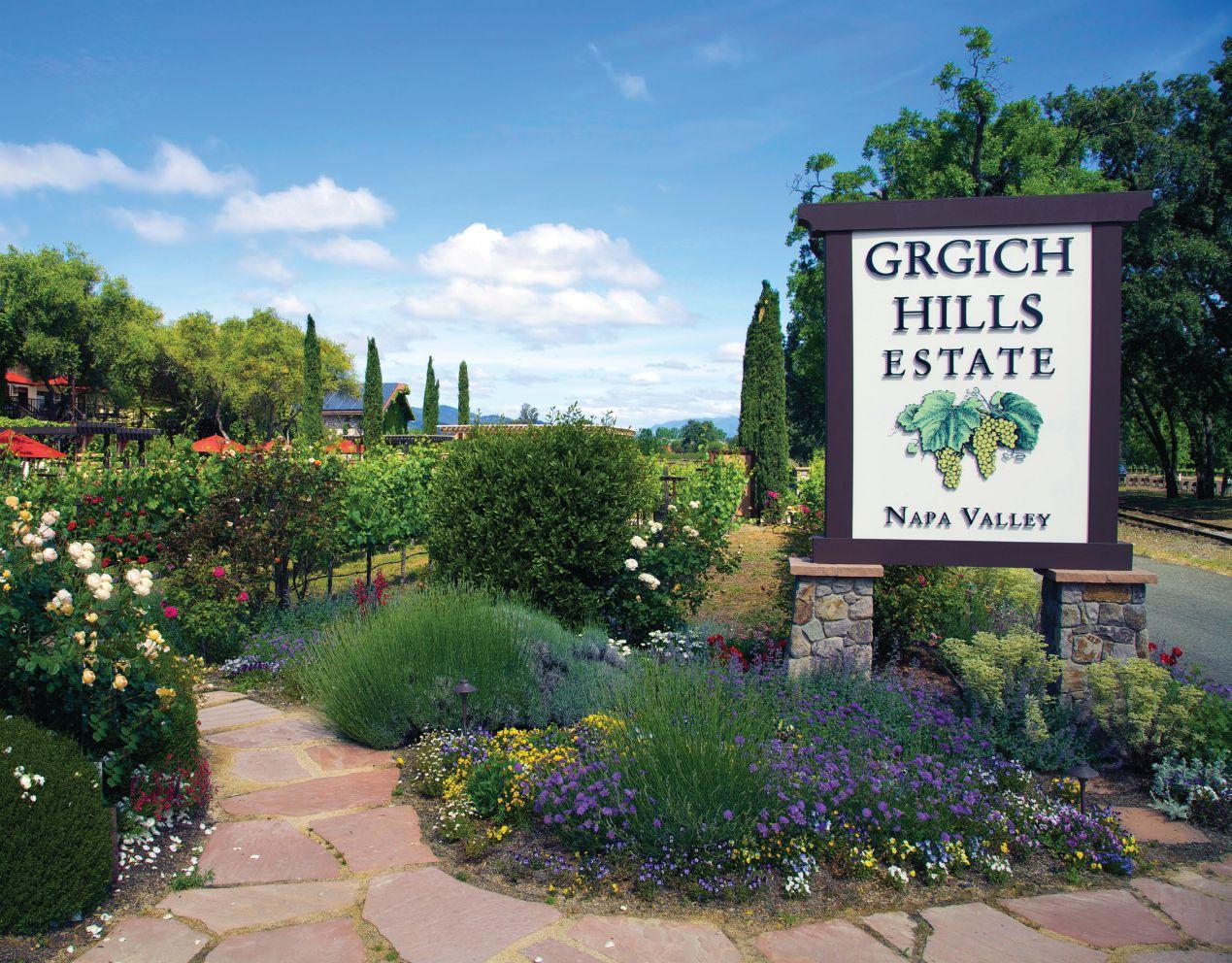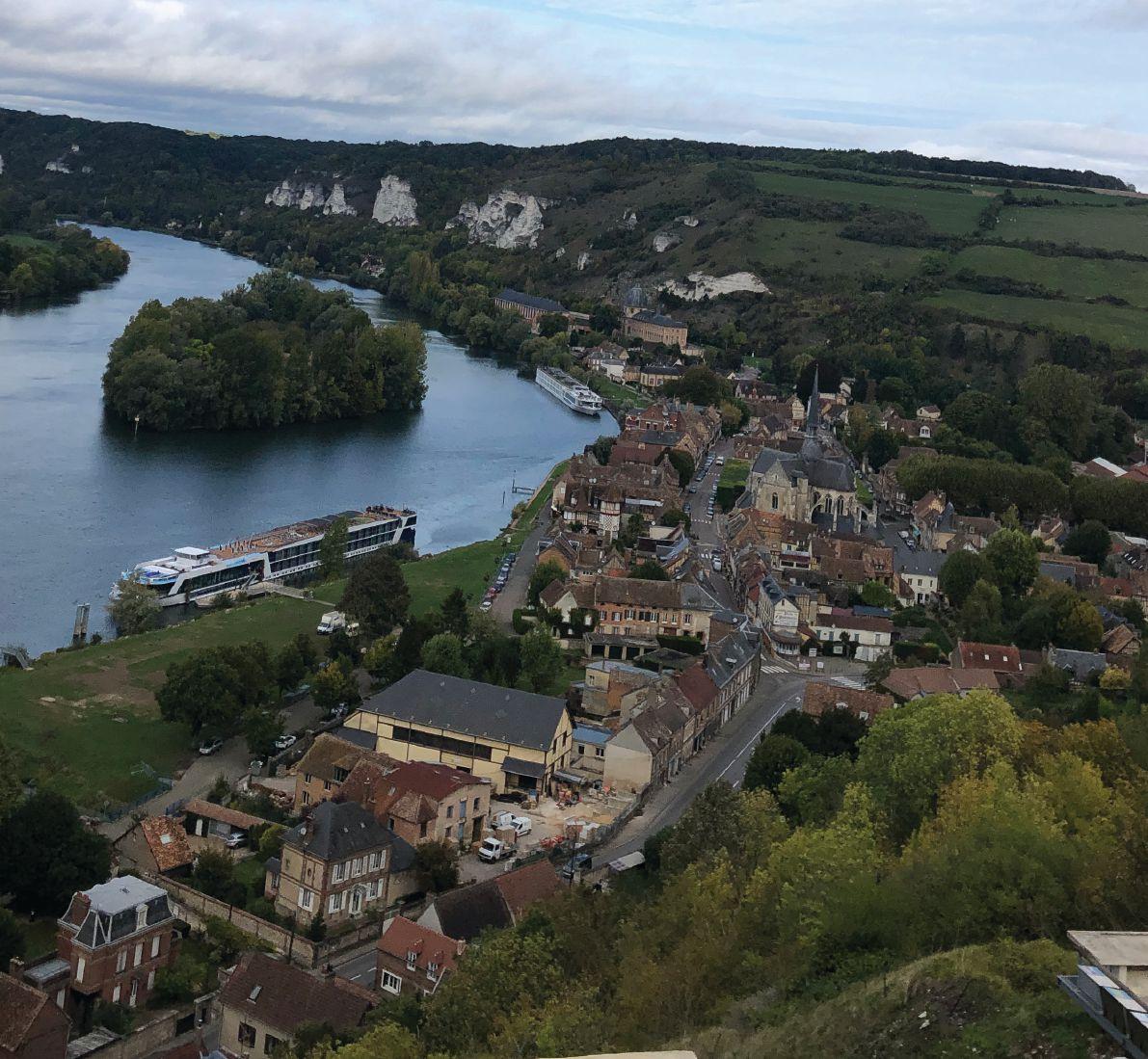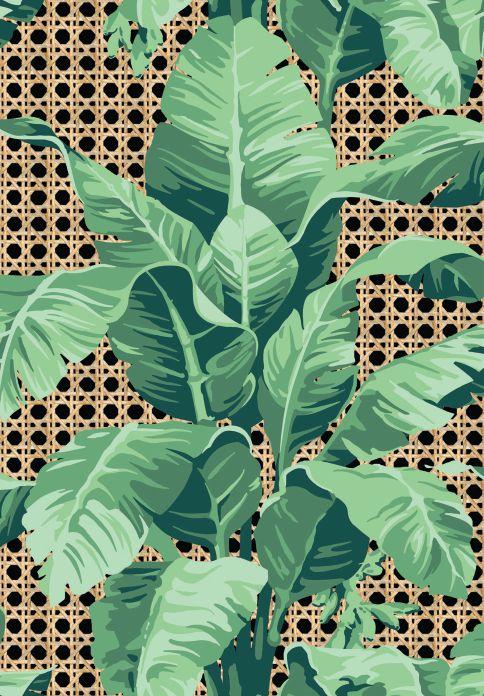
4 minute read
The Vines That Bind
THE VINES THAT BIND Written by Chloe Gellar / Photos courtesy of Grgich Hills Estate Th e legendary legacy of Grgich Hills is a family aff air.


If not for a lone reporter who turned up to the now-legendary "Judgement of Paris" in 1976, Miljenko "Mike" Grgich's career might have taken a very diff erent trajectory. Th e resulting article in Time Magazine by rookie reporter George Taber detailed how wine from two California upstarts—a 1973 Chateau Montelena Chardonnay made by Grgich, and Warren Winiarski's 1973 Stag's Leap Cabernet Sauvignon—bested France's fi nest wines. Awarded 132 points by the vaunted French judges, Grgich's Chardonnay earned the highest total score of any of the wines, red or white, in the tasting. It wasn't until a reporter from the New York Times called Grgich for a follow-up story did he learn of his remarkable achievement.
Th e victory was the culmination of Grgich's indefatigable work ethic and constant quest for knowledge to improve his craft. The youngest of 11 children, Mike was born in Desne, Croatia in 1923, becoming part of a family with a long legacy of growing grapes and making wine. He recounts that his fi rst taste of wine came around the age of two-and-a-half, when his mother weaned him from breastmilk to a combination of water and wine, a common practice in areas where water was often scarce and its potability questionable. While studying enology and viticulture at the University of Zagreb in communist-controlled Croatia, Mike had a professor remark in confi dence that California was a winemaker's paradise. Inspired by this vision and knowing that he could not realize his potential as a winemaker under communist rule, Mike took $32 he'd saved up over a decade and had a cobbler make a false bottom for his shoes to prevent the foreign currency from being confi scated at the border. He arrived in Canada in 1954 and made it to the Napa Valley four years later with just a single small suitcase fi lled with agriculture and winemaking books. A symbol of his impact on the world of wine, Mike's portmanteau went on to be part of an exhibition at the Smithsonian Institution.
Taking his father's advice to heart that knowledge is more valuable than property, as soon as he arrived in Napa, Mike sought out the most respected winemakers of the era. His mentors included Lee Stewart, founder of Souverain Winery, and legendary Russian winemaker André Tchelistcheff . Mike made his fi rst Cabernet for Robert Mondavi in 1969 and joined Chateau Montelena as a winemaker and limited partner in 1972.
Miljenko "Mike" Grgich, Violet Grgich, and Ivo Jeramaz

Riding the fortuitous headwind provided by the historic win at the Paris tarting, Grgich partnered with Austin Hills of the Hills Bros. Coffee Company to break ground on Grgich Hills Cellars on July 4, 1977. Mike specifically chose that date as a celebration of freedom, independence, and his realization of the American Dream. Proving that he wasn't a one-hit-wonder as a winemaker, Mike's first bottling under the Grgich label, a 1977 Chardonnay, bested 221 entrants from around the world at 1980's "Great Chicago Chardonnay Showdown."
In 2007 Grgich Hills became entirely estate grown and changed its name to Grgich Hills Estate. Today, there are five distinct vineyards spread out over 366 acres. The winery is solarpowered, and the vineyards are certified organic. This is a point of pride for Mike, his daughter Violet, who serves as president of the family business, and Mike's nephew and winemaker Ivo Jeramaz, who came to Napa from Croatia in 1986. Both Violet and Ivo worked their way up the ladder of responsibility—Violet starting on the bottling line and Ivo washing barrels—to attain their respective leadership roles in the family business. Continuing the Grgich legacy is of paramount importance to the family, and Ivo continues the Old World-style and foodfriendly approach to winemaking implemented by Mike. At Grgich Hills, the grape grower is also the winemaker. This intimate level of ground-to-glass involvement is crucial to Ivo, who says that it is the quality of the vineyard that ultimately determines the quality of the wine. "There is only so much you can do in the cellar," he explained. Grgich Hills wines are characterized by no malolactic fermentation, which imparts bright acidity that provides structure and stimulates the palate.
Provenance plays a role in the enduring popularity of Grgich Hills Estate Chardonnay, which is widely accessible, along with their Zinfandel, Fume Blanc, and Cabernet. However, a visit to their Rutherford tasting room is a must to sample Miljenko's Selections and their Legacy bottlings. Memorable among the latter is a Paris Tasting Commemorative Chardonnay, which showcases the Wente clone, Grgich Hill's oldest block of Chardonnay, planted in 1989. Its vibrancy is a taste of history in a glass. sl










